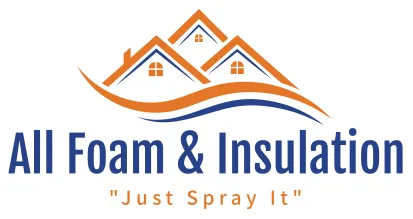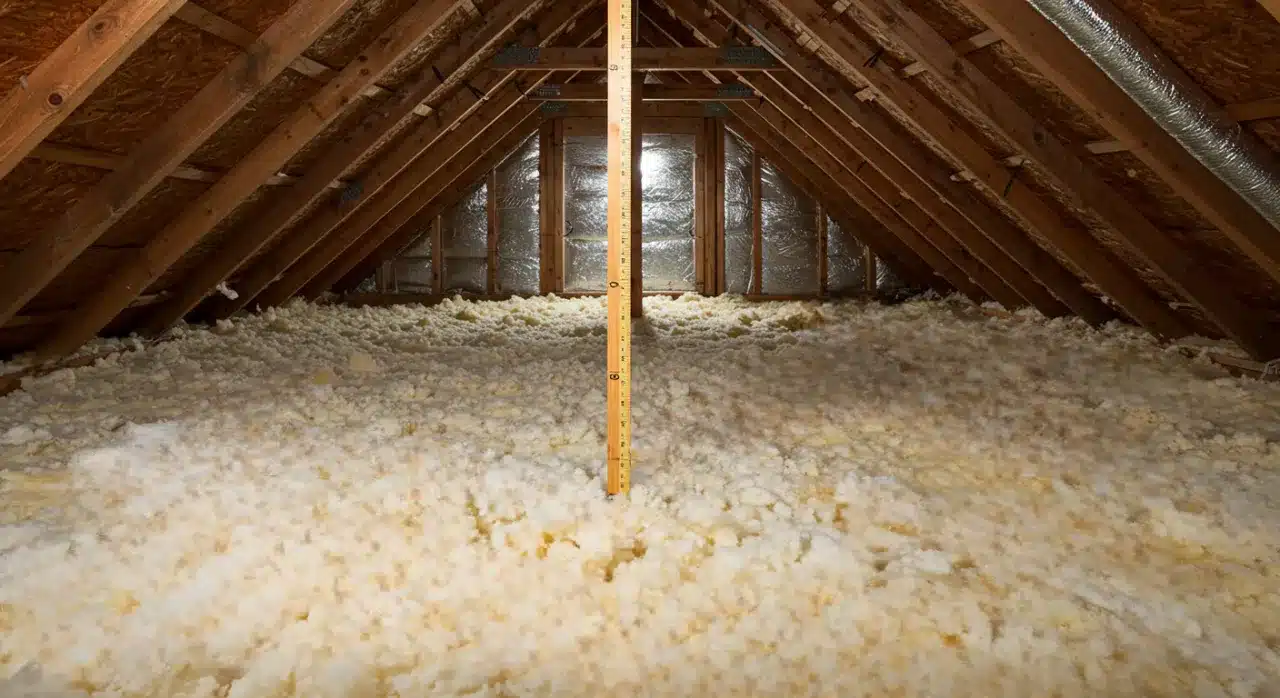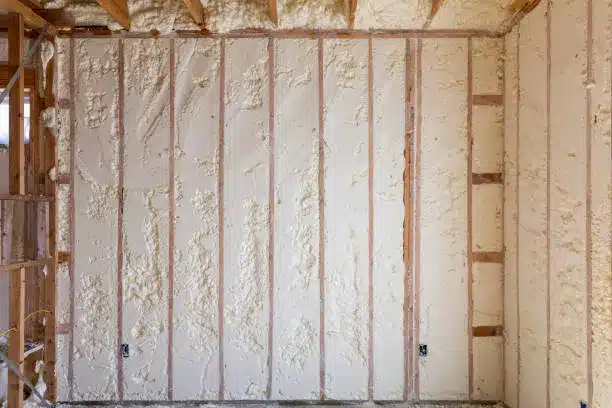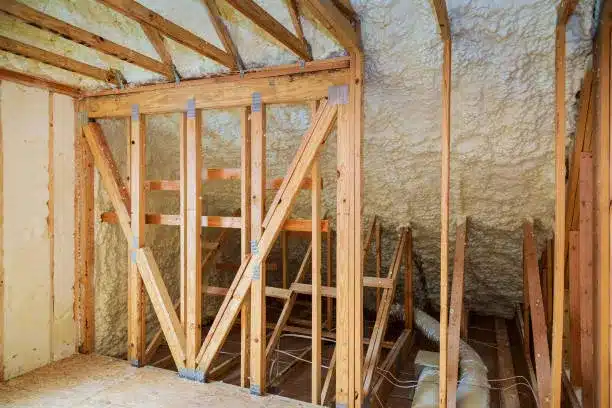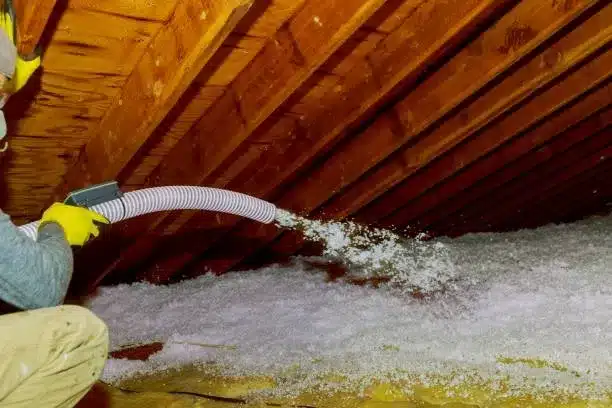Blown-in insulation is a highly effective method for improving energy efficiency in homes and buildings. It involves the use of loose insulation materials that are blown into walls, attics, and other cavities using specialized equipment. This process ensures complete coverage, reducing air leaks and improving thermal resistance.
Benefits of Blown-In Insulation
Increased Energy Efficiency
Blown-in insulation creates a seamless barrier against heat loss in the winter and keeps indoor spaces cooler in the summer. By reducing energy consumption, homeowners can see a noticeable decrease in utility bills.
Enhanced Indoor Comfort
A properly insulated home maintains stable indoor temperatures, reducing drafts and cold spots. This leads to a more comfortable living environment year-round.
Noise Reduction
The dense composition of blown-in insulation helps to absorb sound, reducing noise from outside and between different rooms in the house.
Eco-Friendly Options
Many blown-in insulation materials, such as cellulose, are made from recycled paper and other sustainable sources. This makes them an environmentally responsible choice.
Fire Resistance
Certain types of blown-in insulation, like cellulose treated with fire retardants, provide an added layer of fire protection.
Types of Blown-In Insulation
Cellulose Insulation
Made from recycled paper products, cellulose insulation is treated with fire-retardant chemicals to enhance safety. It is one of the most eco-friendly insulation options available.
Fiberglass Insulation
Composed of tiny glass fibers, fiberglass insulation is a popular choice due to its durability and resistance to moisture. It is lightweight and provides excellent thermal performance.
Mineral Wool Insulation
This insulation type is made from rock or slag and offers superior fire resistance and soundproofing capabilities.
Where Blown-In Insulation Is Used
Attics
Blown-in insulation is commonly used in attics to prevent heat loss. It can be applied over existing insulation to improve efficiency.
Walls
For homes with uninsulated walls, blown-in insulation is an effective solution that fills gaps and voids without requiring extensive renovations.
Crawl Spaces
Properly insulating crawl spaces helps prevent moisture buildup and improves energy efficiency.
Professional vs. DIY Installation
Advantages of Professional Installation
- Ensures even distribution of insulation
- Reduces the risk of gaps and air leaks
- Professionals have access to specialized equipment
- Expertise in choosing the right material for the property
Challenges of DIY Installation
- Requires rental or purchase of equipment
- Can be challenging to apply evenly
- Higher risk of inadequate coverage
How Blown-In Insulation Saves Money
Homes with proper insulation require less heating and cooling, leading to lower energy bills. Over time, the savings on utilities can offset the initial cost of insulation installation.
Choosing the Right Insulation for Your Home
Selecting the right type of insulation depends on factors such as climate, budget, and building structure. Consulting with an expert can help determine the most effective option.
Get Expert Help in Fruitdale, OR
For homeowners in Fruitdale looking to improve insulation, professional services ensure proper installation and long-term benefits. All Foam & Insulation, LLC provides high-quality insulation solutions tailored to specific needs. Call (541) 826-9600 or email [email protected] for expert advice and installation services.
Frequently Asked Questions
How much does blown-in insulation cost?
The cost varies based on material type, coverage area, and labor. On average, homeowners can expect to pay between $1.00 and $2.80 per square foot.
How long does blown-in insulation last?
With proper installation, blown-in insulation can last 20 to 30 years or more.
Can blown-in insulation be added over existing insulation?
Yes, additional layers can be installed to improve thermal performance without removing old insulation.
Is blown-in insulation safe for people with allergies?
Fiberglass insulation may cause irritation, but cellulose is generally safe and hypoallergenic. Proper ventilation and protective gear should be used during installation.
Does blown-in insulation require maintenance?
Regular inspections help ensure insulation remains effective. Settling over time may require additional application in some cases.
For professional guidance and installation, contact All Foam & Insulation, LLC at (541) 826-9600 or [email protected].

